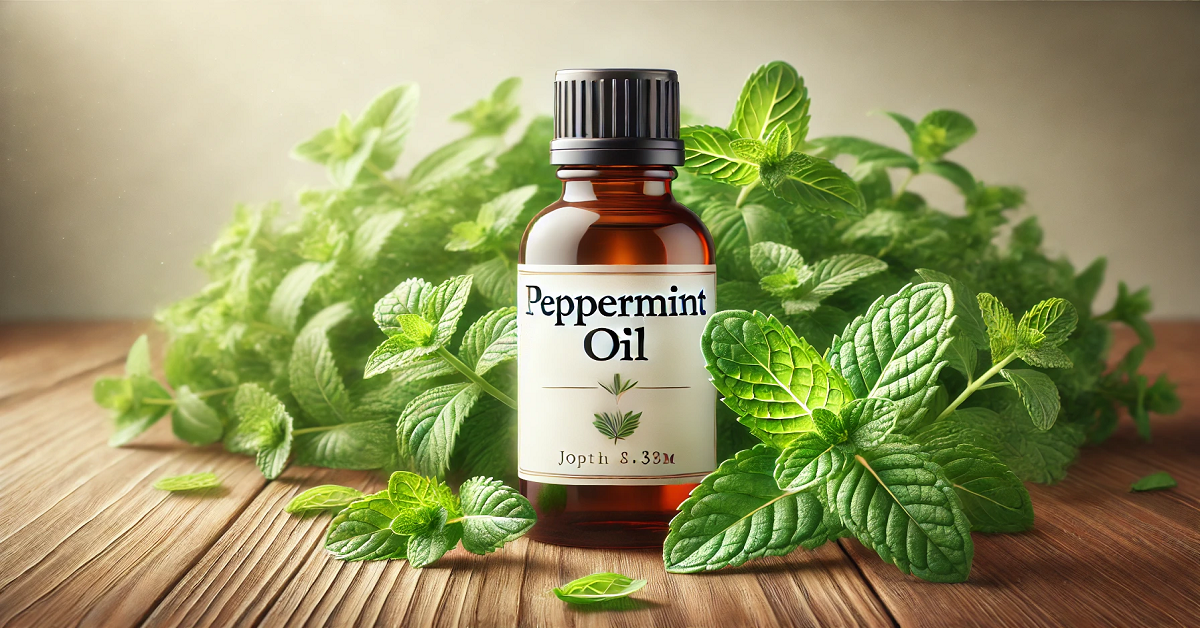
✅botanical cooling concentrate
Natural peppermint oil
Natural peppermint oil is a highly aromatic essential oil derived from the peppermint plant, a hybrid species created by crossing watermint (Mentha aquatica) and spearmint (Mentha spicata). The plant itself is native to Europe and the Middle East but is now widely cultivated in various regions around the world due to its versatility and distinct sensory properties.
✅Quel type d’huile essentielle de menthe poivrée?
L’huile essentielle de menthe poivrée est principalement fabriquée par distillation à la vapeur, la vapeur étant dirigée vers des feuilles fraîches ou partiellement desséchées de menthe poivrée. This separates the oil from the plant matter, resulting in a rich concentrated extract.
The oil retains the plant’s strong, minty scent and has a phenomenal, refreshing odor that is quite distinctive. The aroma of peppermint oil comes mainly from its two main chemical constituents, menthol, and menthone, with menthol contributing to the oil’s cooling sensation and distinctive crisp scent.
The appearance of natural peppermint oil generally
Natural fresh mint oil ranges from transparent to pale yellow (depending on the extraction method and purity).
The consistency is light and fluid, so it easily blends into other oils or products used for various reasons.botanical cooling concentrate
India, a giant in the essential oil market, produces this exquisite oil with the utmost fragrance. It is full of life and mainly used in multiple industries like cosmetics, pharmaceuticals, food flavoring, and perfumery owing to its rich, pleasant aroma and broad applications.
Its uses and distinctive scent
The oil’s intense scent is why it is widely favored in personal care products like soaps, shampoos, and toothpaste, as well as in culinary and food applications that flavor candies, gum, and teas. In natural living, peppermint oil is a crucial ingredient in many homemade formulations for skin care, cleaning products, and aromatherapy blends. Its sharp, cooling fragrance has made it one of the most widely recognized essential oils worldwide.
Multi-use oil
It is a versatile oil with a refreshing aroma that pairs well with other essential oils, including peppermint. It complements lavender, eucalyptus, and rosemary, which is why it appears in many collections of essential oils.
Peppermint oil’s solid and aromatic qualities make it prevalent in both commercial products and personal spaces. It can be used in a diffuser to elevate an invigorating ambiance or incorporated into beauty regimens.
Benefits of Peppermint Oil

Alleviating Headaches and Migraines
peppermint oil’s menthol can cool and relax muscles that connect to headaches, relieving tension headaches and migraines.
Digestive Support
For example, Peppermint oil relieves indigestion, bloating, and gas symptoms. It contains many properties that can relax the digestive tract and facilitate good digestion; it is an excellent antispasmodic.
Respiratory Relief
Peppermint oil is said to open the lungs and sinuses, making it an effective remedy (2) for nasal congestion and respiratory problems.
Pain Relief
Peppermint oil is excellent for topical application. Its cooling effect calms down muscle pain, joint discomfort, and inflammation.
- Boosts Energy and Focus
- The refreshing scent of peppermint oil can improve concentration and reduce fatigue, making it ideal for enhancing mental clarity.
- Skin Health
- Peppermint oil has cooling and antimicrobial properties, which can soothe skin irritations, reduce itching, and control acne-causing bacteria.
- Natural Insect Repellent
- The strong scent of peppermint oil deters insects like mosquitoes and ants, making it a natural alternative to chemical repellents.
- Hair and Scalp Care
- Used in shampoos and hair treatments, peppermint oil can stimulate hair growth, reduce dandruff, and soothe an itchy scalp.
- Aromatherapy Benefits
- When used in diffusers or massage blends, the refreshing aroma of peppermint oil can uplift mood, reduce stress, and promote relaxation.
- Oral Health
- Peppermint oil actively enhances oral care products like toothpaste and mouthwash. Its antibacterial properties effectively freshen breath and combat oral bacteria, making it a key ingredient in maintaining oral hygiene.
Frequently Asked Questions
. How is peppermint oil produced?
The most common method for producing peppermint oil is steam distillation. Steam through freshly harvested or dried peppermint leaves during this process. The heat causes the oil glands in the leaves to release their essential oils.
. What does peppermint oil smell?
Peppermint oil has a sharp, calm, and refreshing scent. The aroma is instantly recognizable and has a minty freshness with slight herbal undertones. The dominant fragrance comes from menthol, contributing to the oil’s brisk, cool sensation when inhaled. The intensity of the scent makes peppermint oil one of the more potent essential oils used in aromatherapy and various personal care products.
. What does “essential oil” mean about peppermint oil?
“essential oil” is a concentrated, volatile oil that captures a plant’s natural fragrance and chemical properties. Peppermint oil is essential because it contains the concentrated aromatic compounds, primarily menthol and menthol, that give peppermint its distinctive scent. Essential oils are often used for their solid and characteristic aromas and through steam distillation or cold pressing.
. Can peppermint oil be used in food and drinks?
Yes, peppermint oil is a flavoring in various foods and beverages. It is trendy in candies, chewing gums, chocolates, and teas, where its sharp, minty flavor is appreciated. When using peppermint oil for culinary purposes, it is vital to use only food-grade peppermint oil, as the concentration of essential oils can be pretty potent. A minimal amount is sufficient to impart the desired minty flavor in food or drinks.
. Is peppermint oil different from other types of mint oils?
Yes, peppermint oil is distinct from other types of mint oils, such as spearmint oil. While both oils are from plants in the mint family, they differ.


